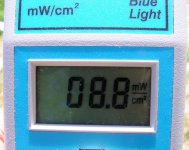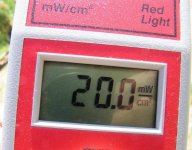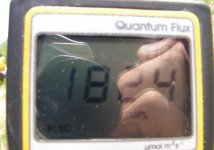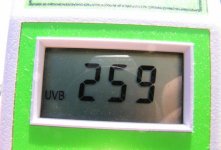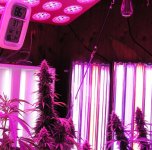P
purpledomgoddes
more excellent finds ljb. have been attempting to detail the effects of diff and temp and vpd manipulation since beginning posting here. good to see more members digging out and implementing the science.from the British Columbia Ministry of Agriculture and Lands:
Floriculture Production Guide: 2008
Guide to best management practices in British Columbia for ornamental crops, including potted foliage and flowering plants, bedding plants, and cut foliage and flowers
Appendix C. Light Measurement Conversions
PDM, what do you think about this next part, from Chapter 3, Managing the Plant Environment:
Quote:
Plant height is influenced by the difference (DIF) between day and night temperature. A positive DIF (higher day than night) will produce taller plants. A negative DIF (higher night than day) will produce shorter plants. Plant height can be decreased by lowering the day temperature and also by increasing the night temperature. It can also be decreased by introducing a relatively cooler temperature, or DIP for two hours starting just before sunrise. DIP and DIF affect the length of the stem internodes rather than the number of leaves.
the 'lag' period, or pre-dawn period, when stomata closed and water uptake @ minimum, is when most influence upon plant can be effectuated.
have basically described the above method(s) in several posts here. good to know other gardeners on a mission to master their plants+environments!
exceptional work ljb. keep enjoying your garden & increasing the knowledge base!

